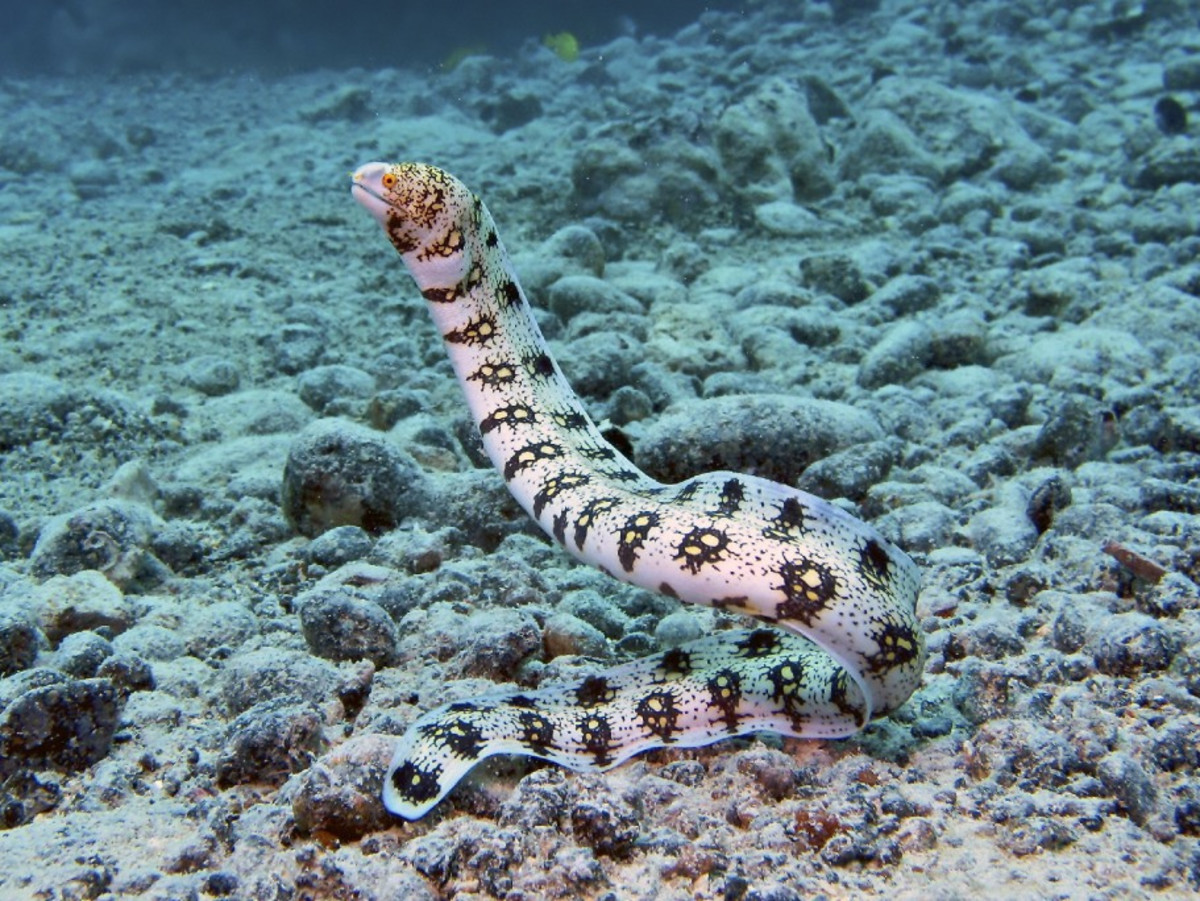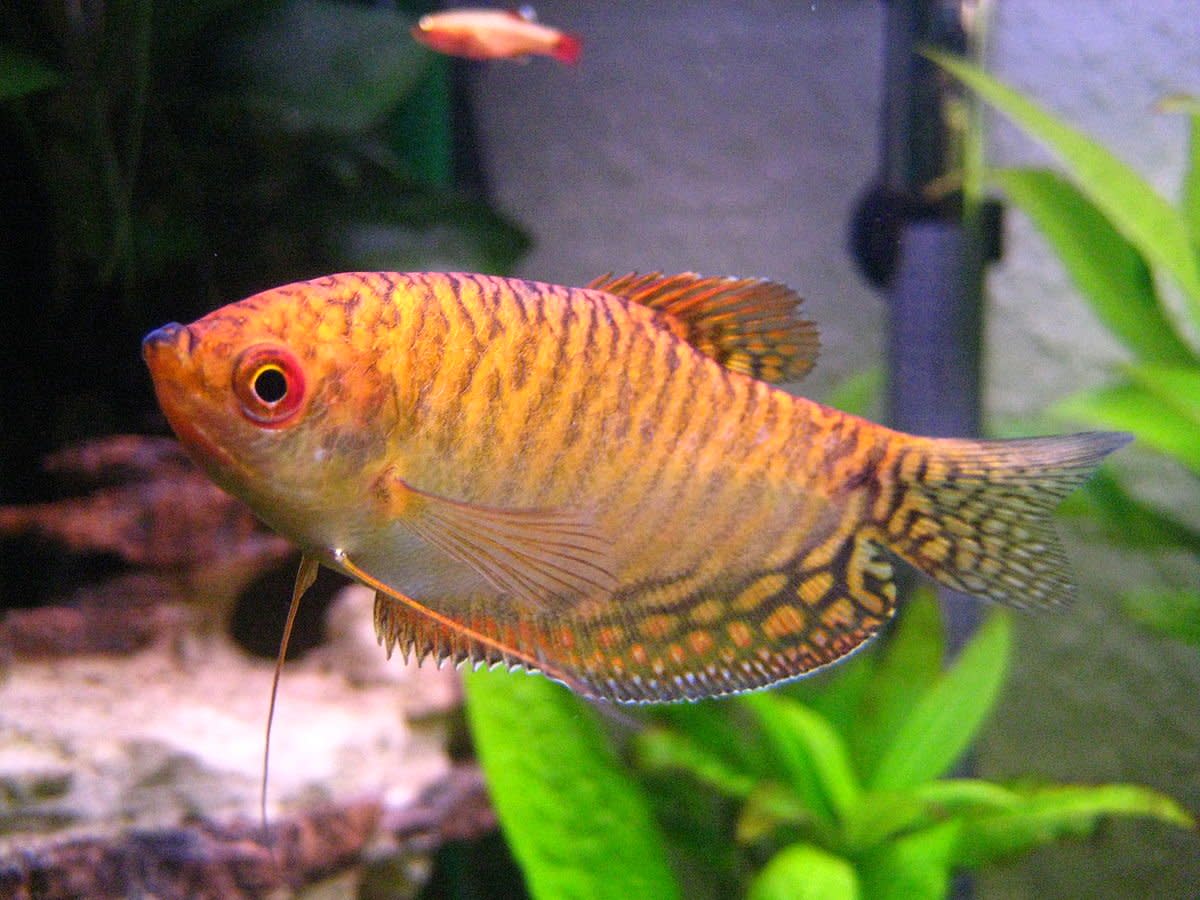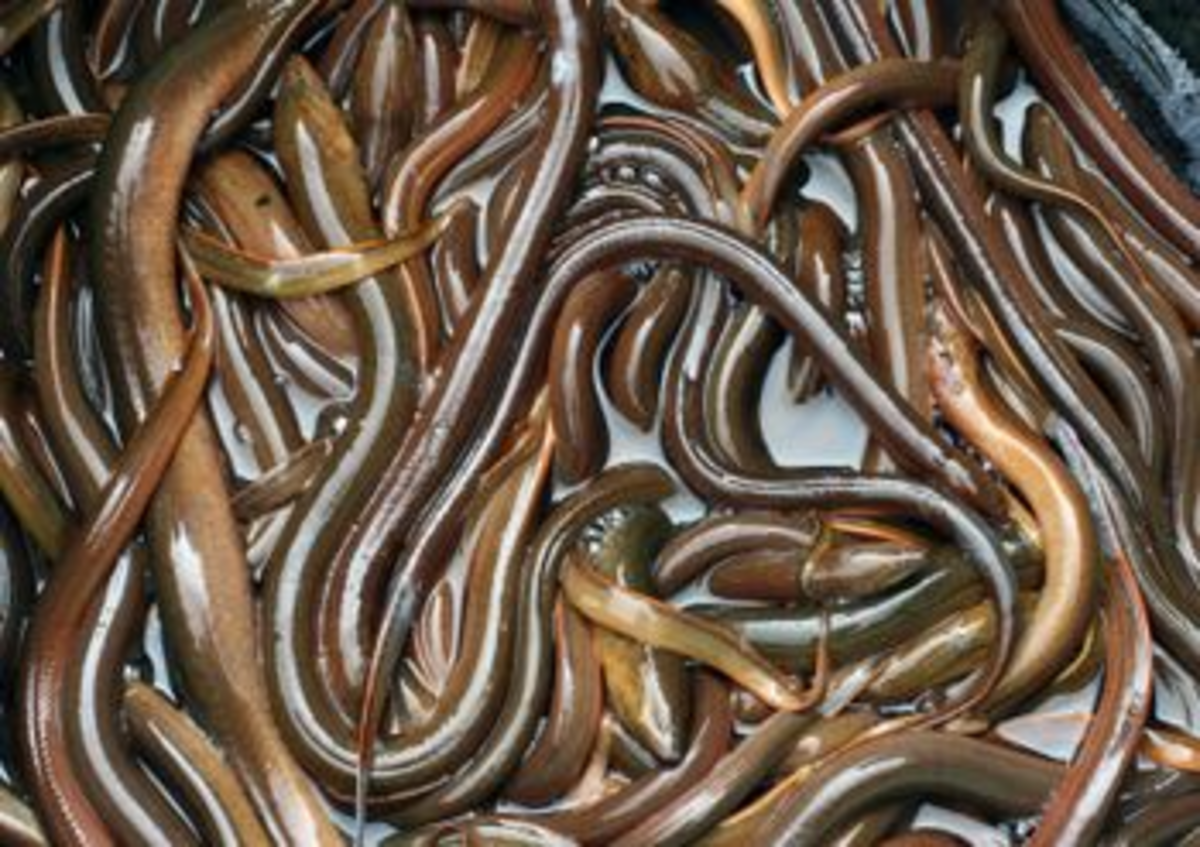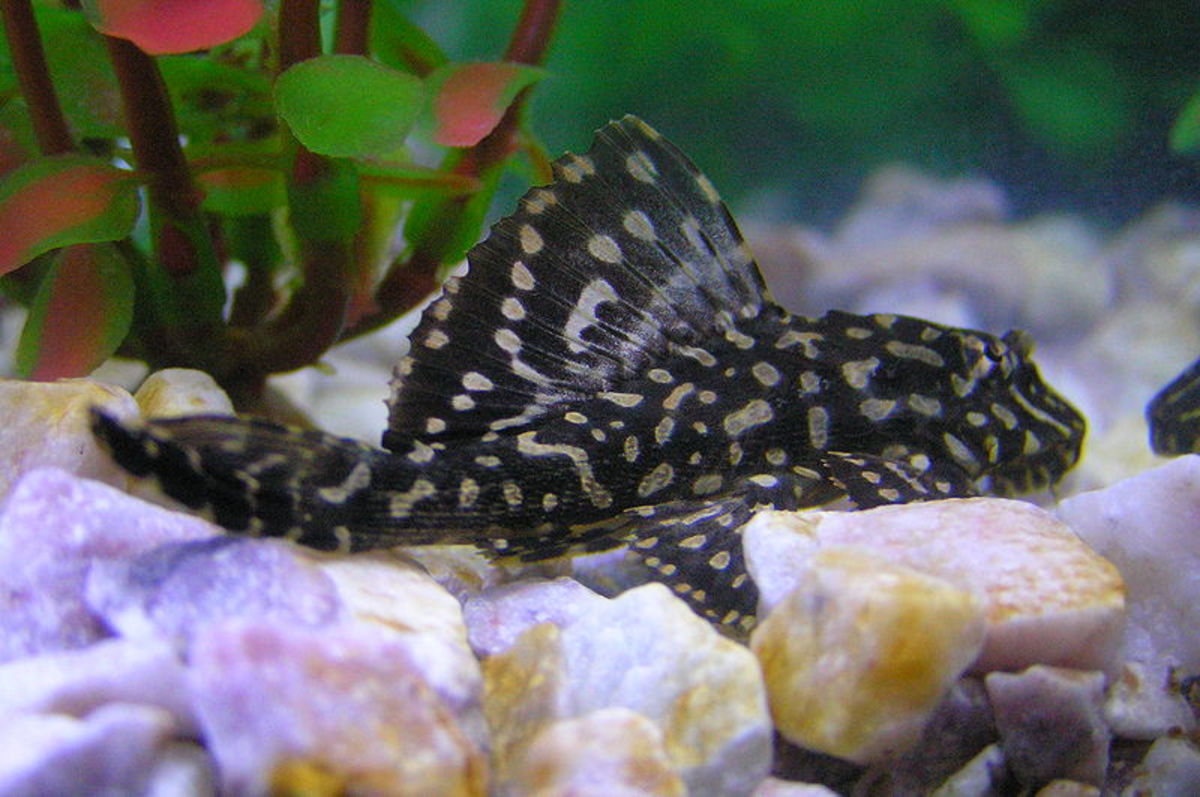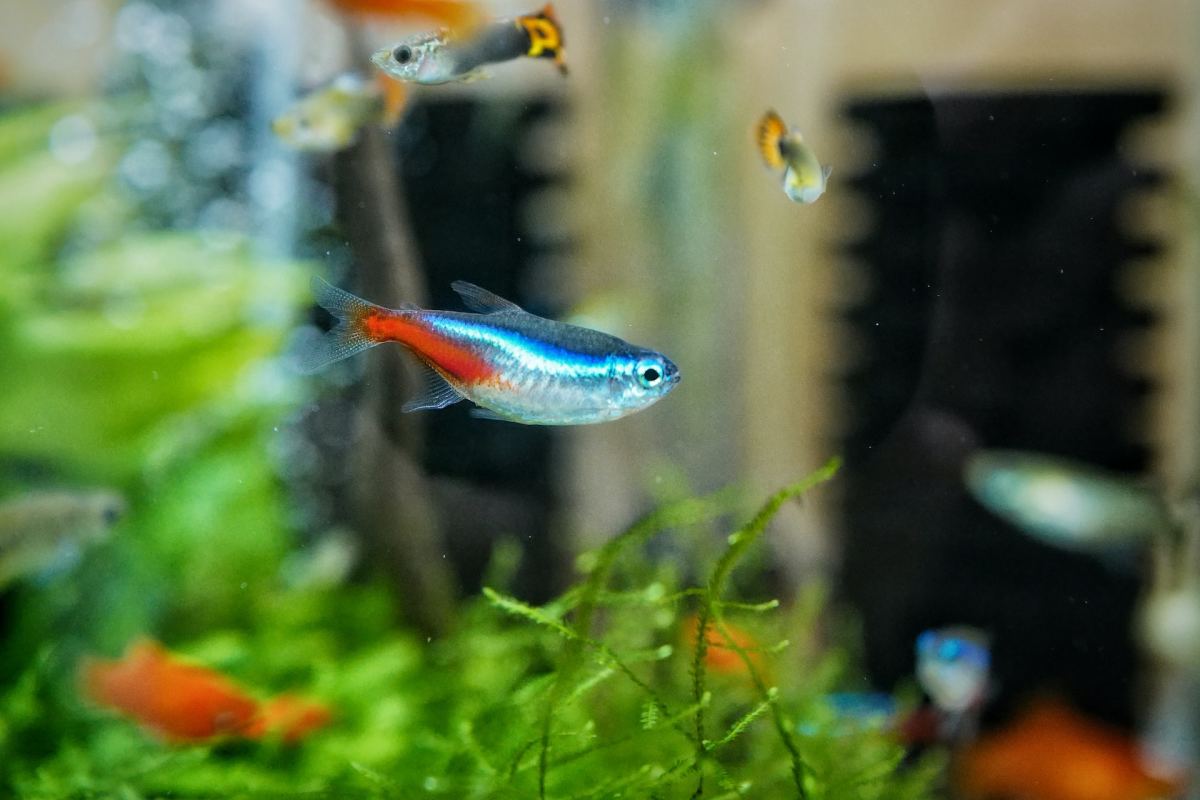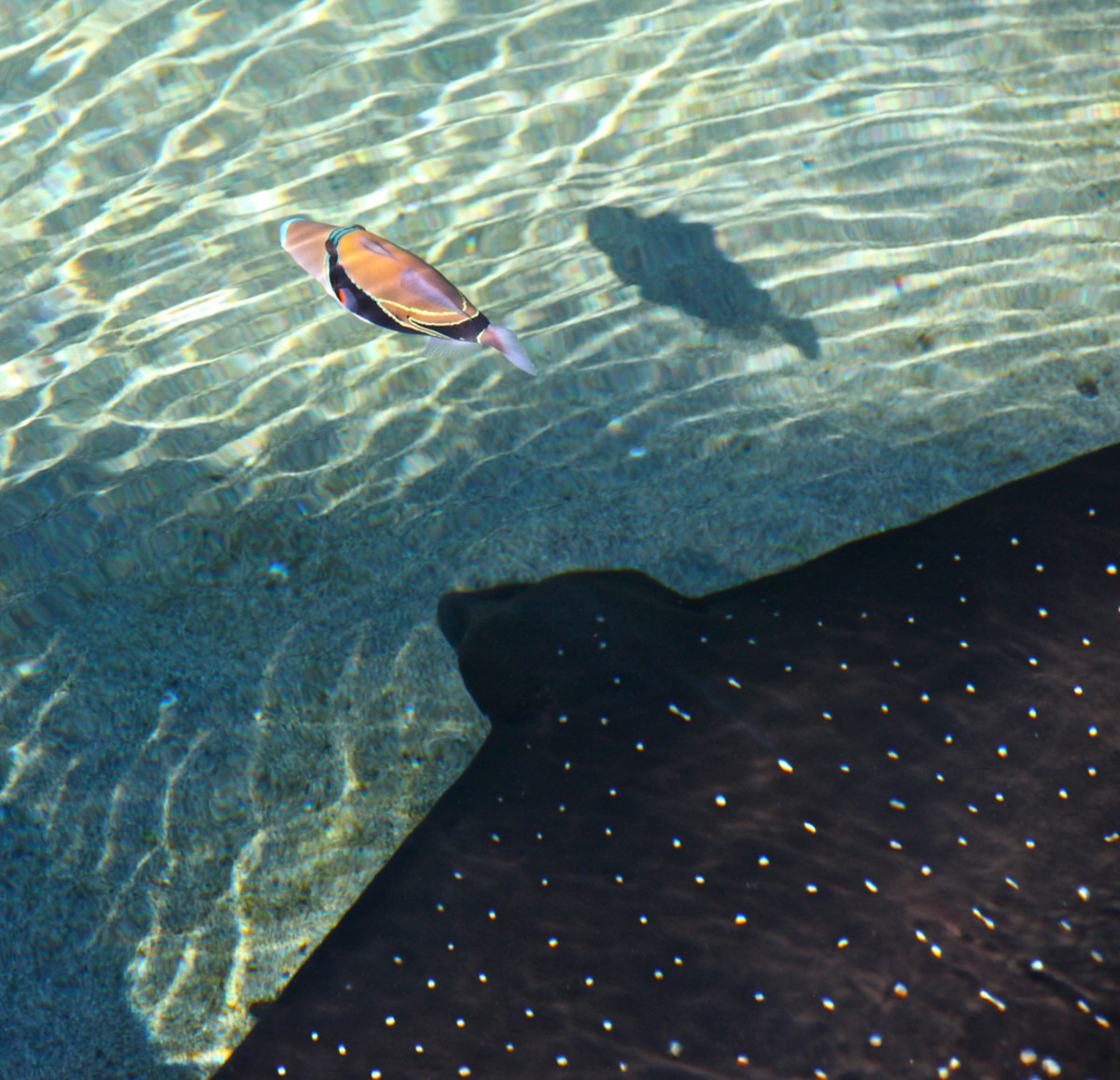- HubPages»
- Pets and Animals»
- Tropical Fish & Aquariums»
- Marine Aquarium Animals
Long and Slimy Eel Facts
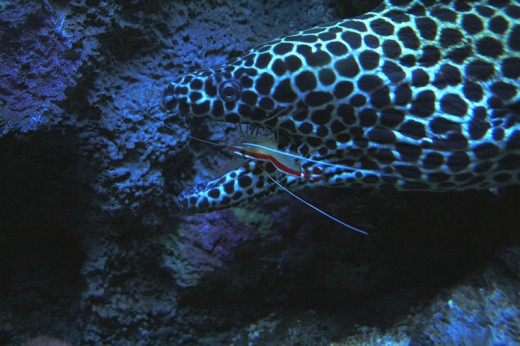
Fun Eel Facts
Despite their appearance eels are fish, not snakes! They are just particularly specialized fish with very elongated bodies. Their spines are made from over 100 vertebrae which makes them particularly flexible. They have also lost their pectoral and anal fins which makes them appear even less ‘fishlike’.

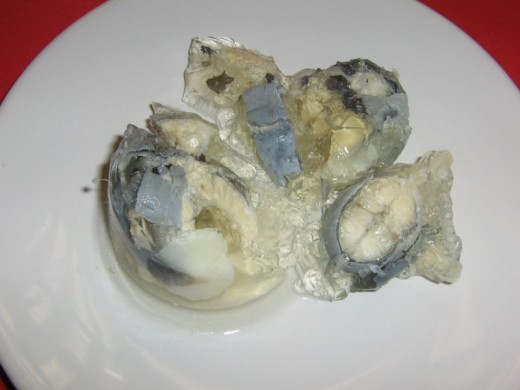
The Amazing Life Cycle of the Common European Eel
There are over 400 species of eels, which are found in both saltwater and fresh water. The common European eel lives most of its life in freshwater rivers and is about 2m long. For a long time their lifecyle was a mystery, since fishermen would catch many adult eels but never any juveniles. It is now believed that they spawn in the Sargasso sea. The tiny transparent larvae, known as leptocephalus, which drift on the currents towards Europe, a journey that can take almost a year. During this time they undergo metamorphosis to another stage, known as glass eel. As they enter freshwater they change again into a juvenile form known as elvers. Elvers where once so plentiful they were a staple food for the poor, now, of course they have become a delicacy and are very expensive.
European eels become mature after 5-10 years in freshwater and migrate back to the Sargasso sea, a journey of 7000 Km, which takes several months. It is thought that they do not feed during this journey, living off the fat they accumulated in the rivers. Once they reach the sea, they mate and die.
An Electric Eel Fact: It is Not an Eel
Because of their very thin bodies, eels like to hide in rock crevices and reefs. They are ambush predators, they are mostly hidden and when an ususpecting fish swims by, they will pounce on it. Their favourite food is other fish but they will also happily squid and crustaceans.
In turn eels are preyed on by water snakes and barracudas. However, unsurprisingly their most dangerous enemy is man.
The electric eel is a very remarkable fish which can produce an electric current of 600 volts. However these South American fish are not true eels but are more closely related to catfish.
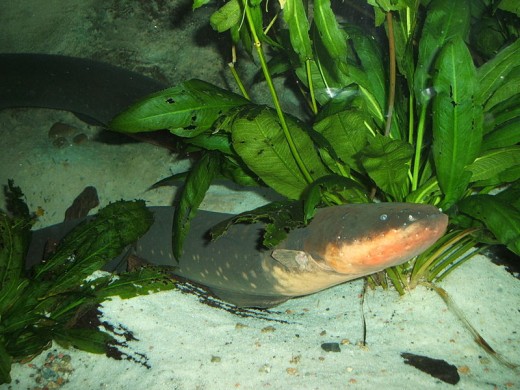
Moray eels
Moray eels are probably the most well known marine eels. They grow to be huge, although that varies by species, with the smallest, Snyder’s moray reaching only 4.5 inches, while the longest, the slender long moray reaching 13 feet. They don’t have scales and cover their bodies with slimy mucus. They can also ‘tie’ themselves in knots so they can wedge themselves into holes.
Morays are found in all tropical oceans. They have a rather scary appearance because they always have their mouths wide open, showing off their sharp teeth. In fact they have to open their mouths constantly to pump water over their gills so they can breath.
They have been known to attack divers and they can deliver serious bites. They are not particularly aggressive, however, and will usually hide from humans. However since they have poor eyesight, they sometimes mistake hands for smaller food
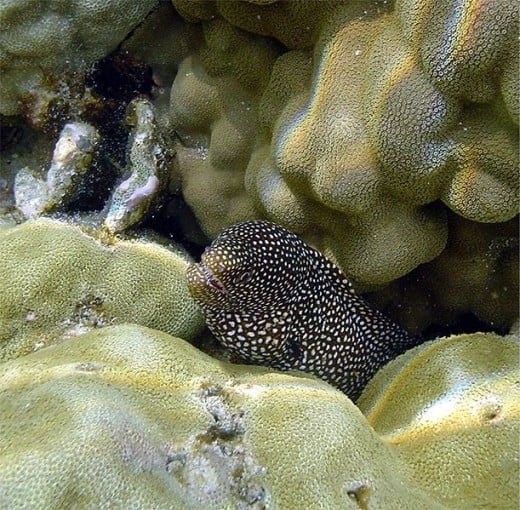
Eels as Food
Eels are considered a delicacy in many cultures including the Chinese and Japanese. The jellied eel was apparently a favourite food of Cockney London, although it is hard to believe that, since now most English people express a disgust at eating it. Eel blood is in fact toxic to humans, however cooking destroys the toxins. On the other hand, eating moray eals can cause ciguatera poisoning, since they accumulate toxins from microscopic dinoflagellates. These are eaten by herbivorous fish, since they adhere to seaweed. The toxins accumulate in carnivores at the top of the food chain, like morays, and are not destroyed by cooking.


